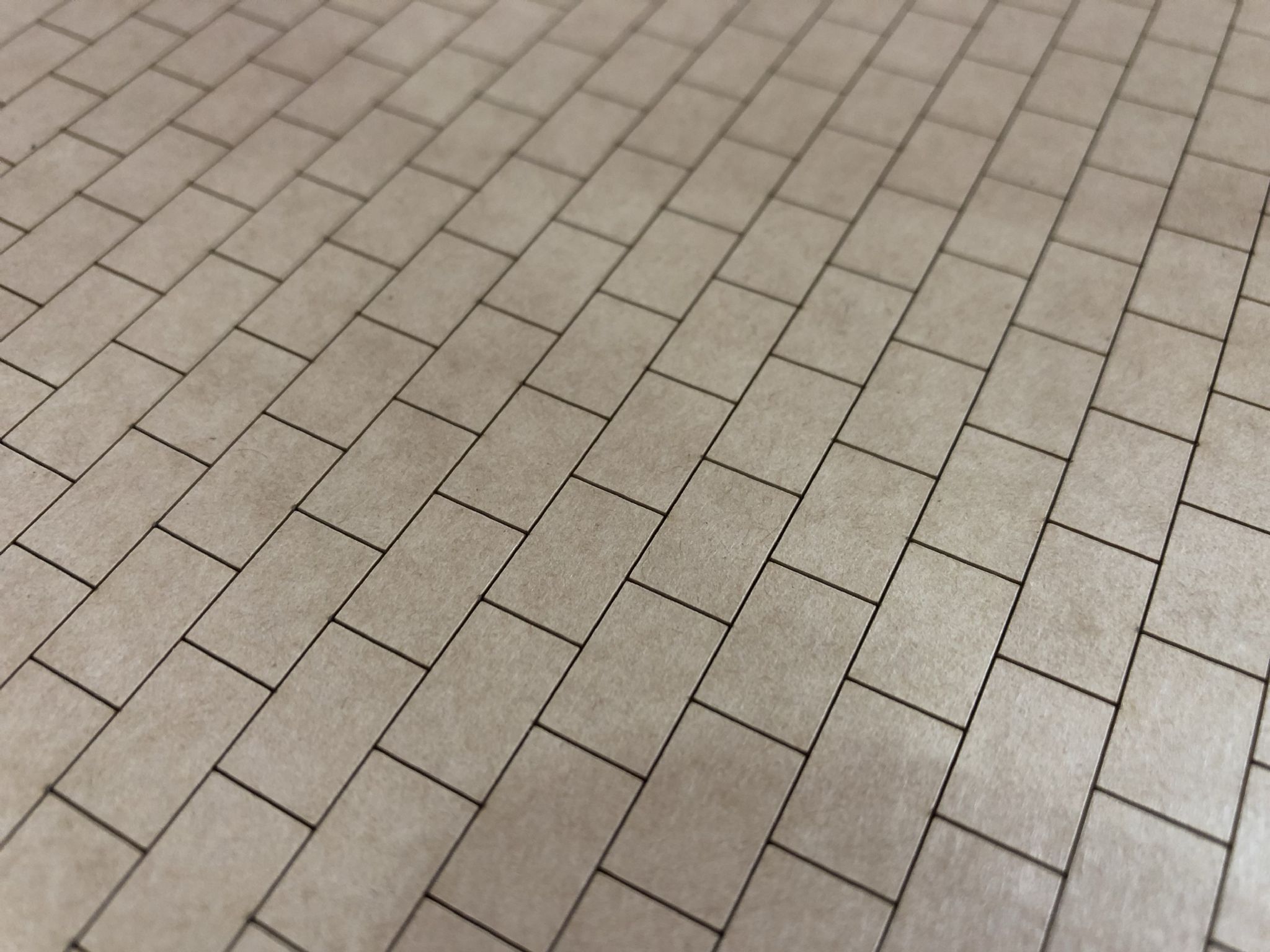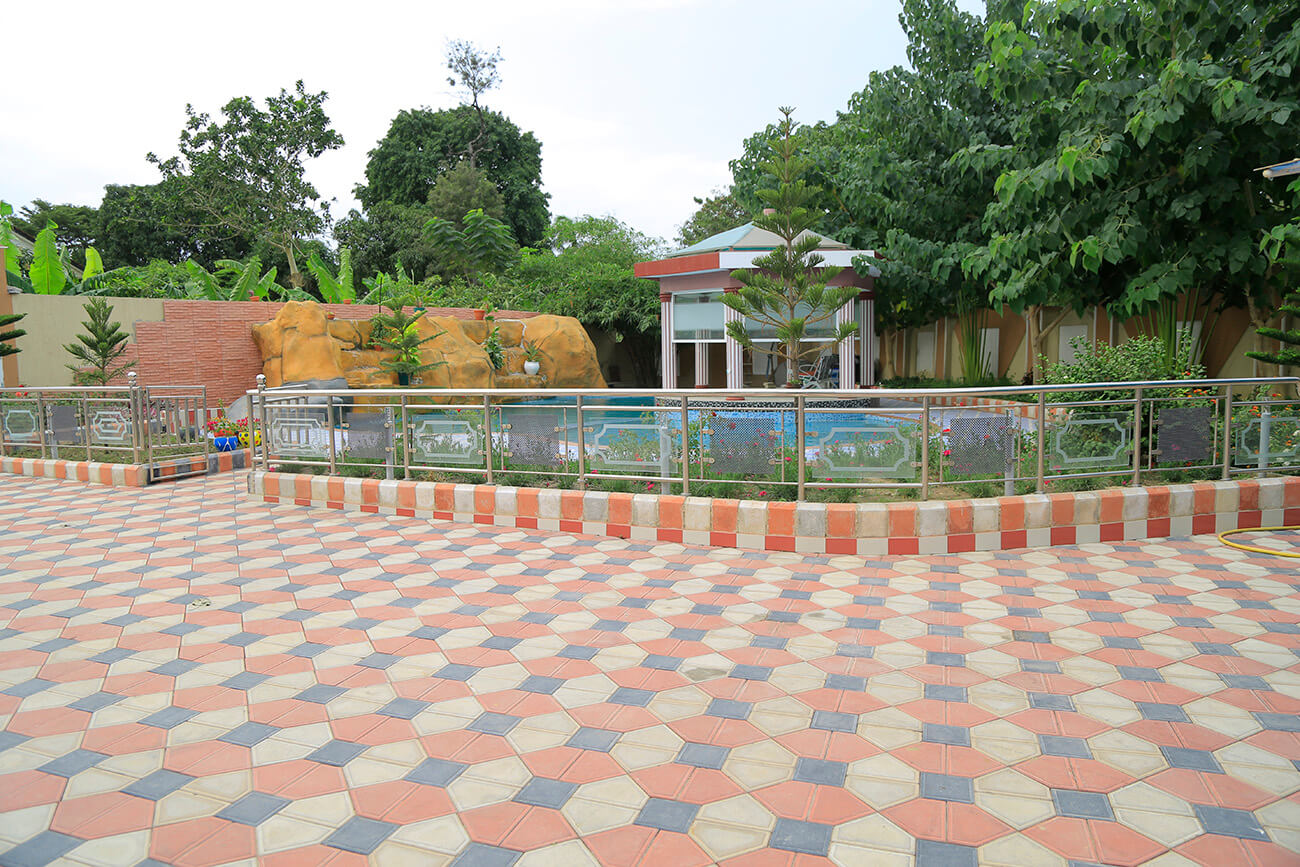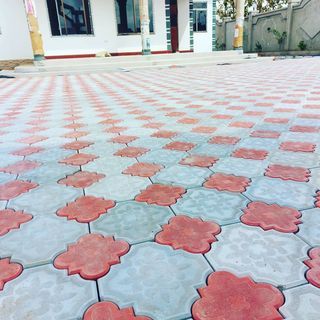
Pavement is one type of hard surface made from durable surface material laid down on an area that is intended to carry vehicular or foot traffic.
its main function is to distribute the applied vehicle loads to the sub-grade through different layers. The road Pavement should provide sufficient skid resistance, proper riding quality, favorable light reflecting characteristics, and low noise pollution.
Its goal is to reduce the vehicle transmitted load so that it will not exceed the bearing capacity of the sub-grade. The Road Pavements are playing a crucial role in the development of any construction. There are mainly two types of road pavement used namely flexible and rigid pavements road.
Ideal Road Pavement Requirement
A good pavement should possess the following requirement,
• it should have required thickness to distribute the wheel load stresses to a safe value on the sub-grade soil,
• It should be structurally strong to resist all types of stresses imposed upon it.
• To prevent the skidding of vehicles, it should have a sufficient coefficient of friction.
• It should have a smooth level surface that offers comfort to road users even at high speed.
• Ensure less noise when the vehicle moving on it.
• It should be dustproof so that there is no danger of traffic safety.
• It must provide an impervious surface, so that sub-grade soil is well protected, and
• It should offer low maintenance with long life
Types of Pavement
The following are two major pavement types used in road construction,
• Flexible pavement
• Rigid Pavement.
Flexible pavements, vehicular stress is transferred to subgrade through gain to gain contact of the aggregate through the granular structure. These types of roads have less flexural strength, act like a flexible sheet (e.g. bituminous road).
In the case of rigid pavement, vehicle loads are transferred to sub-grade soil by flexural strength of the pavement and the pavement acts as a rigid plate (e.g. cement concrete roads).
A combined pavement is also used which is known as semi-rigid pavement. In this, a rigid pavement is provided with a thin layer of flexible pavement over it and is an ideal pavement with the most desirable characteristics. However, these types of combinations of pavements are rarely used in new construction because of the high cost and complex analysis required.
We have been working for corporate clients, private clients, non-profits/Research Institutions and public agencies to create landscapes designs that satisfy our customer needs.



